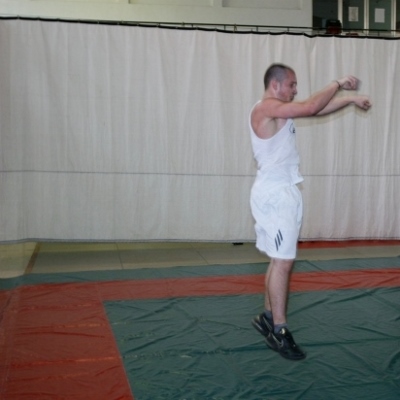 In recent months there have been several studies that have suggested decreasing restrictions for those children who have certain medical conditions.
In recent months there have been several studies that have suggested decreasing restrictions for those children who have certain medical conditions.
A recent report looked at children with Long QT Syndrome (LQTS). This is a medical condition whereby there is a change in the electrical activity of the heart that can cause fainting, near fainting or rapid heart rate in excess of the activity either during or after strenuous exercise. Often these children were allowed to participate in a very limited number of sports considered “safe” by Cardiologists as this condition is often cited as the cause for sudden death in athletes. After a full evaluation of patients who display symptoms associated with LQTS, diagnosis can be made via ECG or genetic testing, where 3 genes account for 75% of all cases of Long QT Syndrome. However, a fair number of children have negative ECG and no gene abnormalities and the diagnosis is based solely on the clinical symptoms associated when he/she is exercising.
Investigators in the recent study looked at children for an average 7 years between ages 4 and 21 years old. They monitored children who were exercising and competing in sports, and those that played recreational sports. Of the significant events that occurred, those that needed defibrillation (a shock to help restart the heart back to a normal rhythm) from an implanted device, needed so when not exercising. The standard therapy is the use of certain cardiac medications called Beta blockers that help control the electrical activity of the heart. They investigators in the study concluded that as long as the child was being adequately treated for the Long QT interval, then the child’s risk for sudden events was low. The study was limited to only 103 patients at one institution but it is very promising and further evaluations, I am sure will be made.
This study hallmarks the importance of some disorders that have limited activity in the past have been asthma and diabetes. Both of these conditions, if not treated properly, can cause ta child to have serious issues during and or after strenuous activity. Proper medical treatment, regular follow up with the appropriate specialist, and regular review of potential serious symptoms should be routine in these children. We know that all of these issues can cause problems if not properly treated and monitored, yet regular exercise is still an important part of a healthy lifestyle. These two aspects have to be carefully balanced. To repeat an editorial comment noted about above study on LQTS: “The question has never been whether aerobic activity for this group of patients is a potential risk, but whether the risk can be minimized in other ways besides eliminating sports,†the editorial states. “We have concluded that the answer is yes.â€
Of course every individual must be properly evaluated and follow he recommendations his/her physicians but there is hope for all of these children who have had heavy restrictions placed on their activities.





